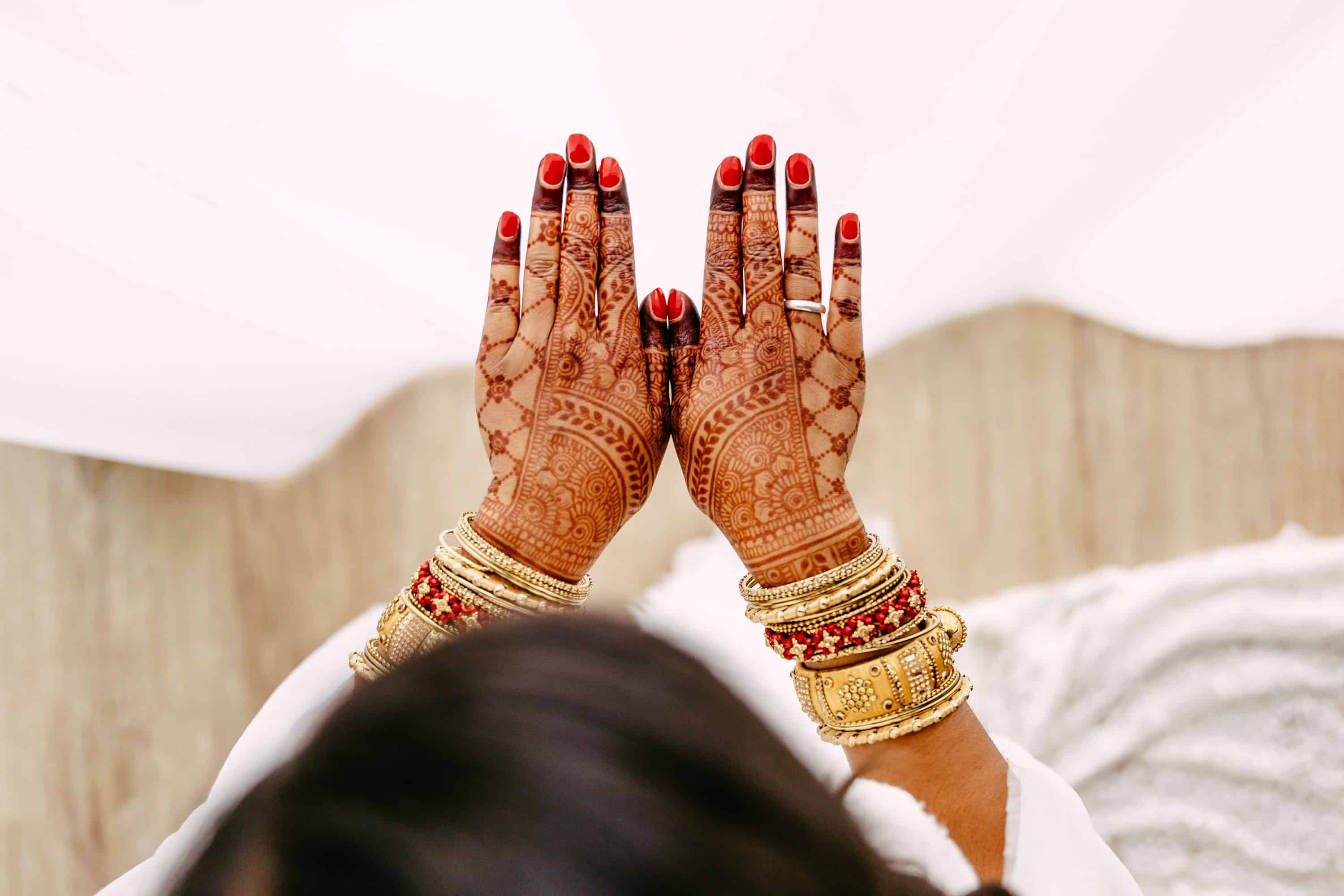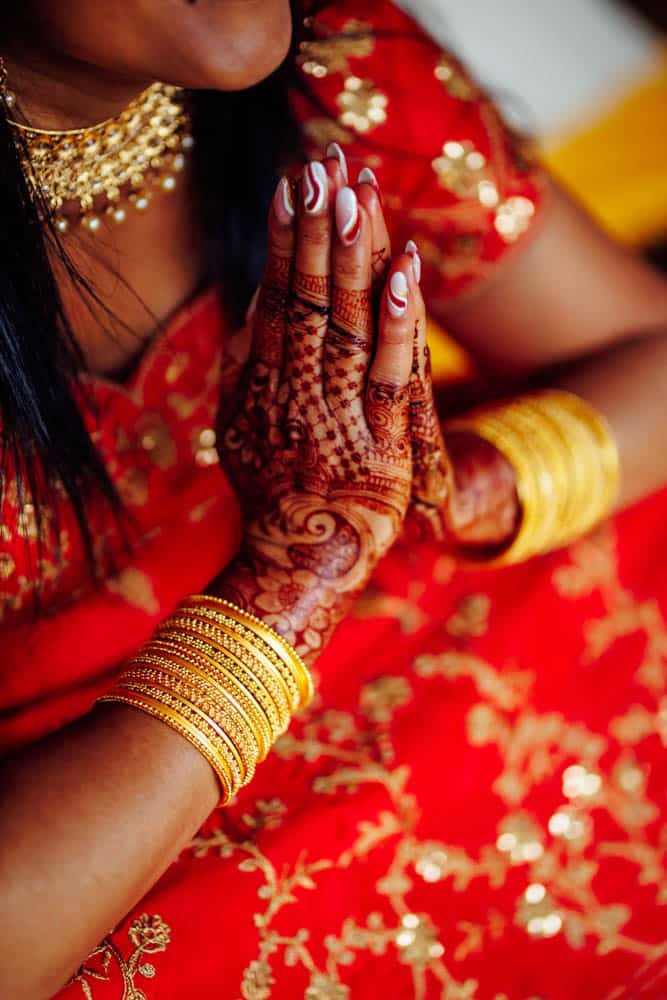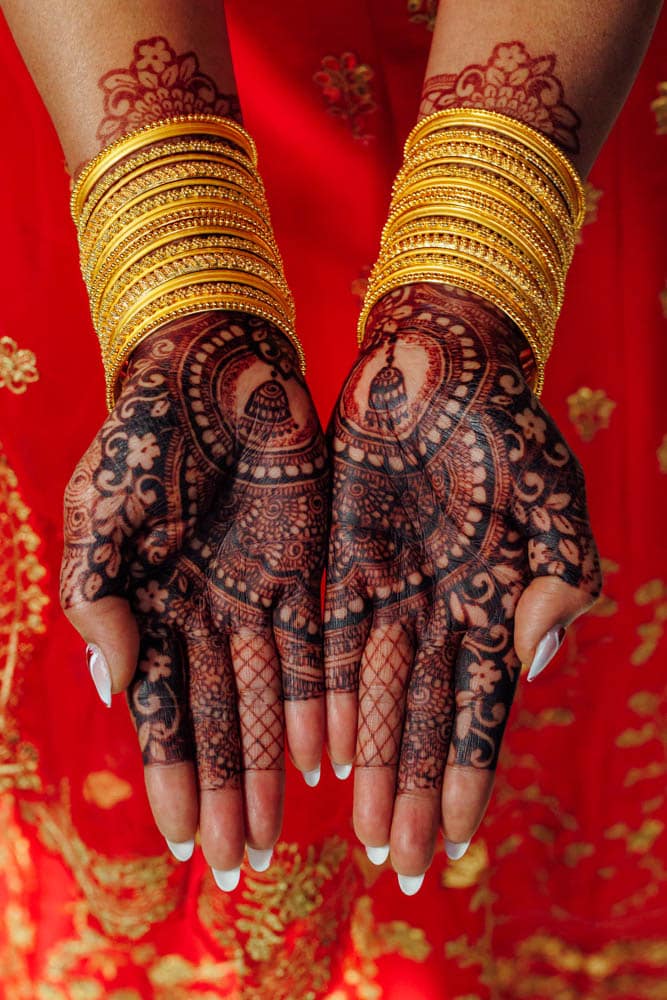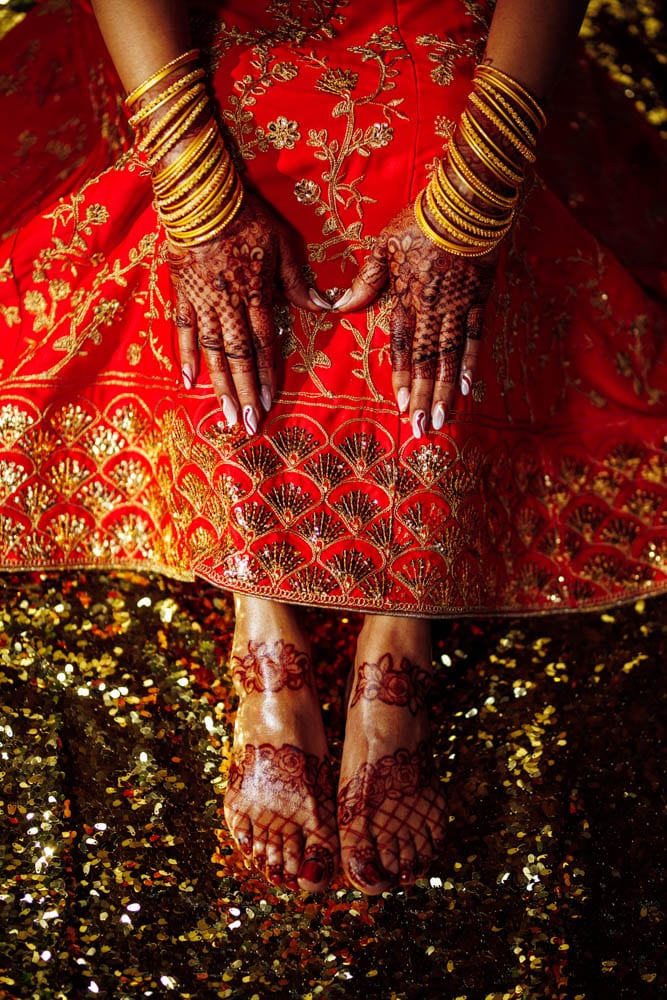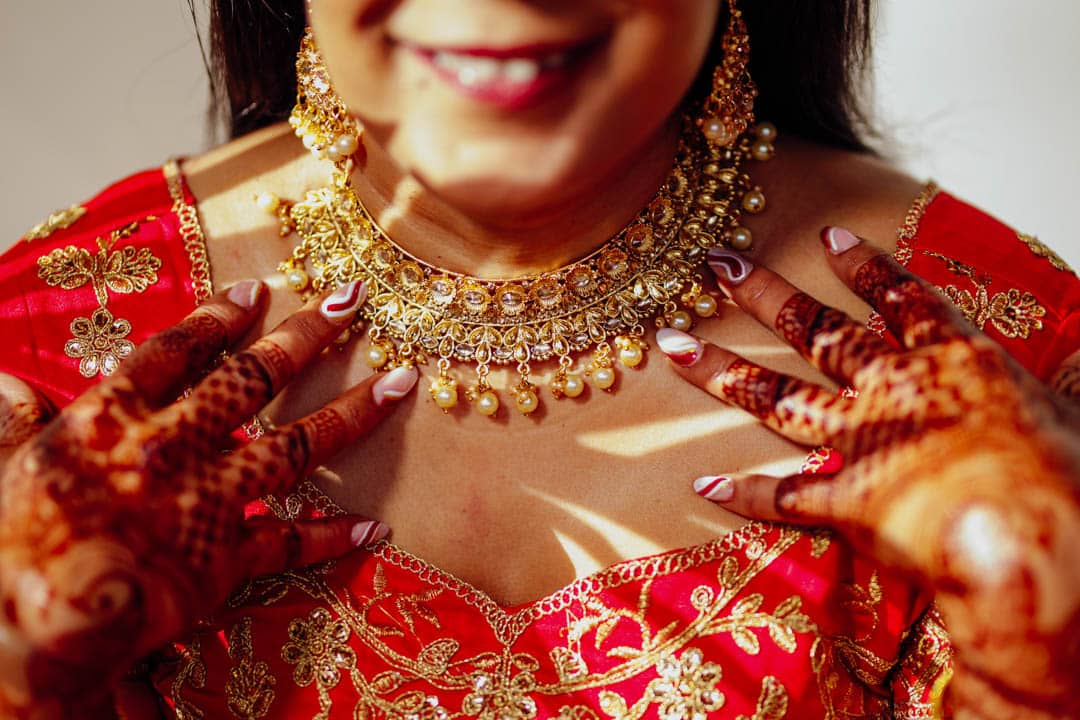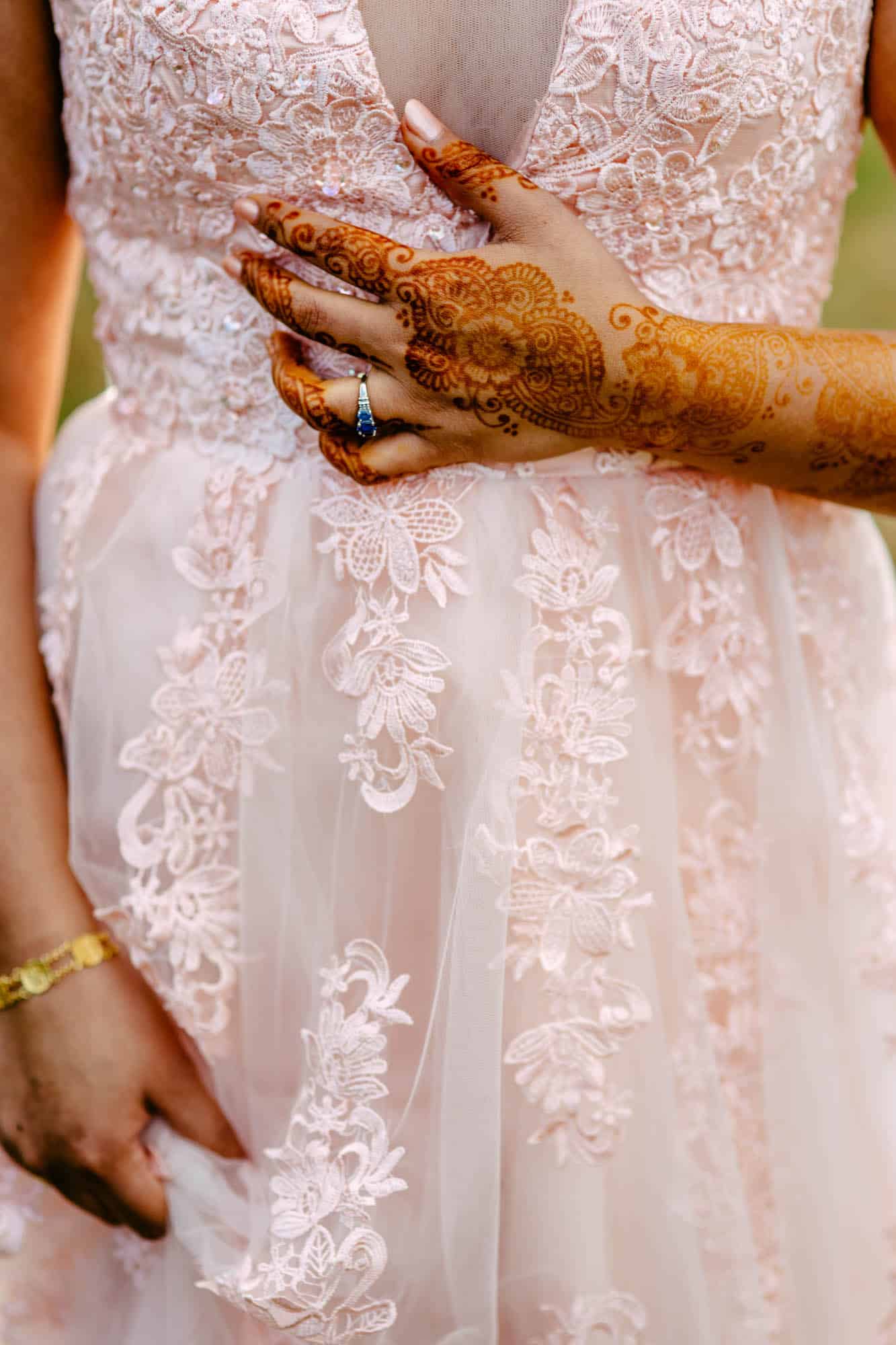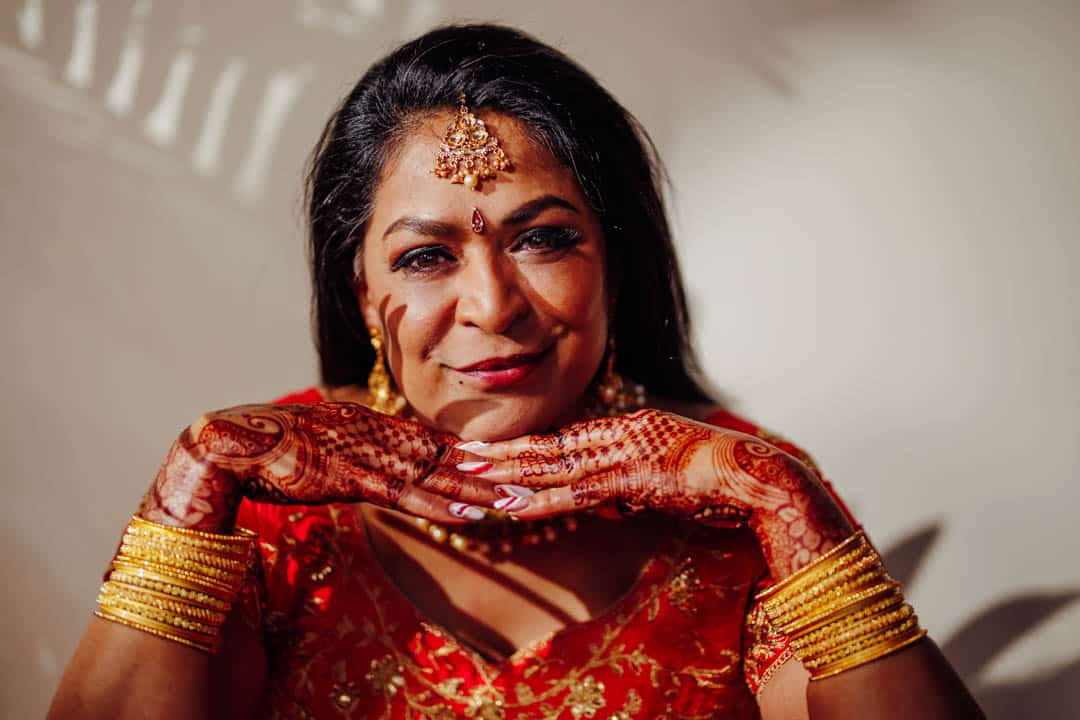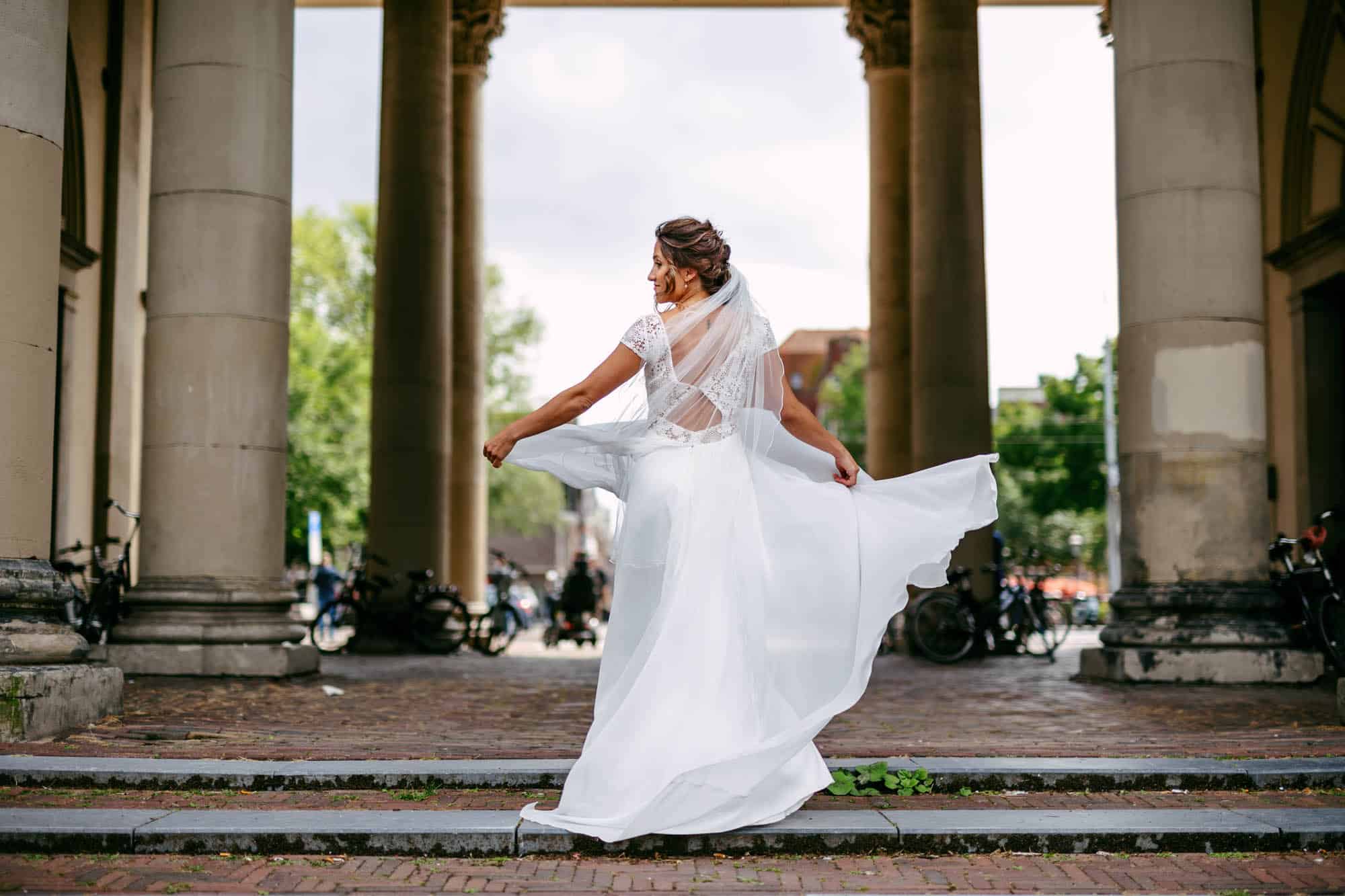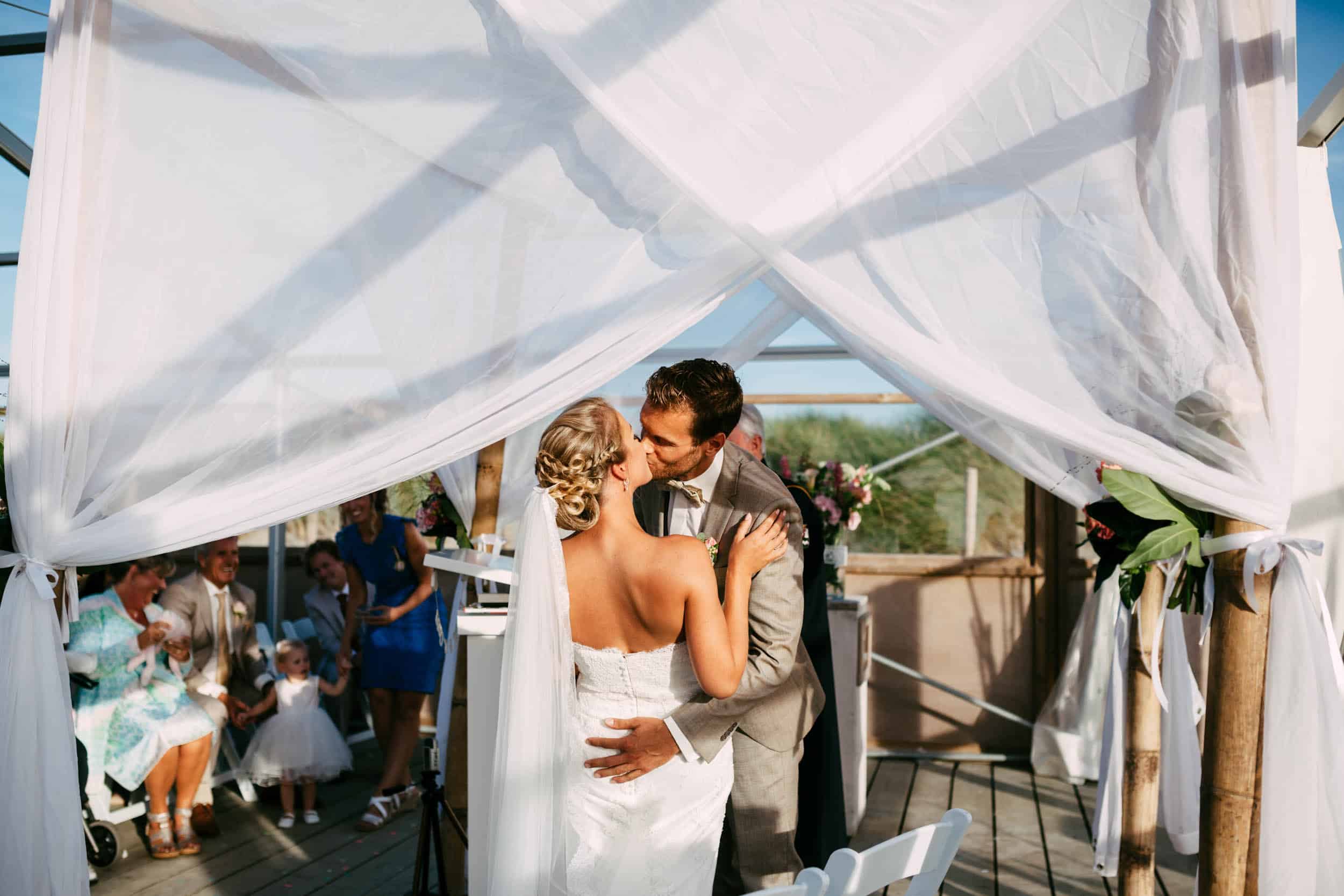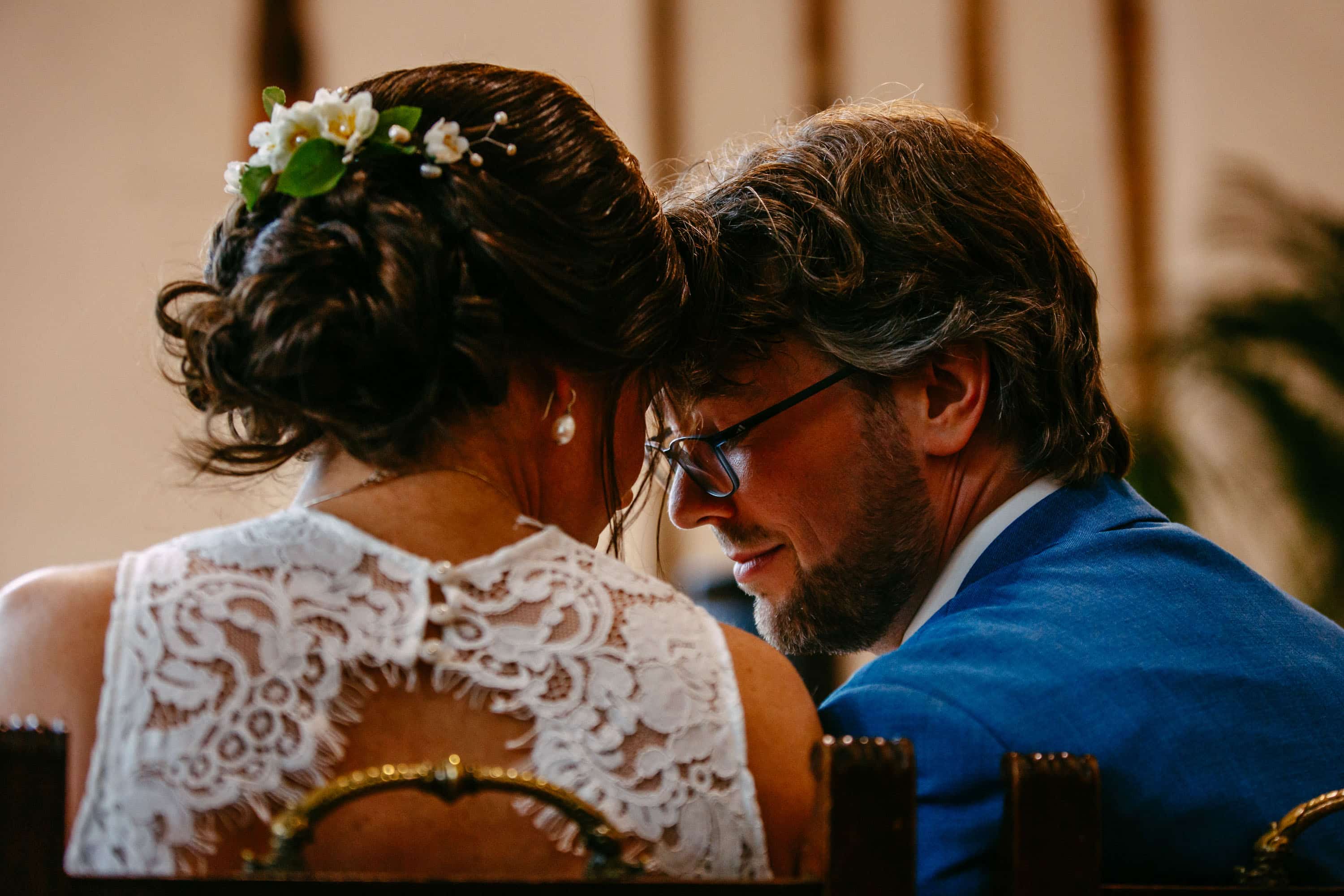Why do they do it?
Three words: happiness, love, fertility. A dark Mehendi is seen as a good sign for the couple. It is also a chance for the bride to get together with her girlfriends and female relatives before the big day arrives.
How does it work?
A professional or a talented family member draws complex patterns on the skin. This can take hours, depending on how elaborate you want it to be. There is music, dancing, and lots of talking. It is a party in itself. A lot happens during the Mehendi Ceremony. Here's a simple rundown of what to expect:
- Design choice: Before the henna is applied, the bride often chooses the styles or patterns she likes. This can range from traditional flowers and peacocks to more modern designs.
- Henna Application: The heart of the party. A professional Mehendi artist or a talented family member applies detailed henna designs on the hands and feet of the bride, and sometimes also of the groom. This process can take several hours, depending on the complexity of the designs.
- Waiting for it to dry: Henna needs time to dry to develop a dark colour. During this wait, there is often socialising, music, and sometimes dancing and singing.
- Removing the Henna: Once the henna is dry, it is carefully removed. The bride avoids using water on the decorated areas for as long as possible to deepen the colour.
- Photo moments: Throughout the event, many photos are taken, especially after the henna is applied and the design is visible.
- Food and drink: Snacks, sweets and drinks are often served to guests. In some cases, there may even be a full meal.
- Gifts and Favours: Sometimes small gifts or favours are given to guests as thanks for their participation.
- Female Bonding: The most important aspect of the Mehendi Ceremony is the time the bride spends with the women in her life - girlfriends, relatives, future in-laws. It is an opportunity for female bonding and transmission of wisdom and congratulations to the bride.
Some key points to watch out for
When applying and after henna there are some important points to pay attention to to ensure the colour is as deep and long-lasting as possible, and to avoid any skin irritations. Here are some tips:
While Applying Henna:
- Test for allergies: Before having an elaborate design applied, it is smart to test a small amount of henna on your skin to see if you get an allergic reaction.
- Skin Cleaning: Make sure your skin is clean and free of oils before applying the henna. This helps to get better colour intensity.
- Comfort: Depending on the complexity of the design, applying henna may take a while. Make sure you are comfortable and can keep your hands or feet still for a long time.
After Applying Henna:
- Drying time: Allow the henna to dry completely, which can take a few hours. Avoid touching the henna while it is drying to avoid staining.
- Avoid Water: Try to avoid water contact for at least 12 hours after applying the henna. The longer you wait to wash the henna spots, the deeper the colour can develop.
- Natural Oils: After removing the dry henna, you can apply a natural oil, such as olive or coconut oil, to help deepen the colour and moisturise the skin.
- Heat: Heat can help intensify the colour of the henna. You can keep your hands and feet warm with a heat pad or by staying close to a heat source.
- Avoiding chemicals: Avoid using soap, chlorine and other chemical products on the henna spots for the first 24 hours after application.
- Patience: The colour of the henna changes over time. It often starts light and becomes darker within 48 hours.
General Precautions:
- Henna quality: Use only high-quality natural henna. Some 'black henna' contains chemicals that can cause severe skin reactions.
- Aftercare: If you experience itching, redness or swelling after applying henna, wash it off immediately and consult a doctor if necessary.
What does it mean?
Besides the symbolism mentioned above, it is also a way of showing that you are part of a community. It is a special moment for the bride to be surrounded by the women in her life who are important to her.
Mehendi goes international
Although it has its roots in Indian, Pakistani and some Middle Eastern cultures, you now find people all over the world holding Mehendi ceremonies, regardless of their cultural background. It looks beautiful, and the thought behind it is beautiful.








